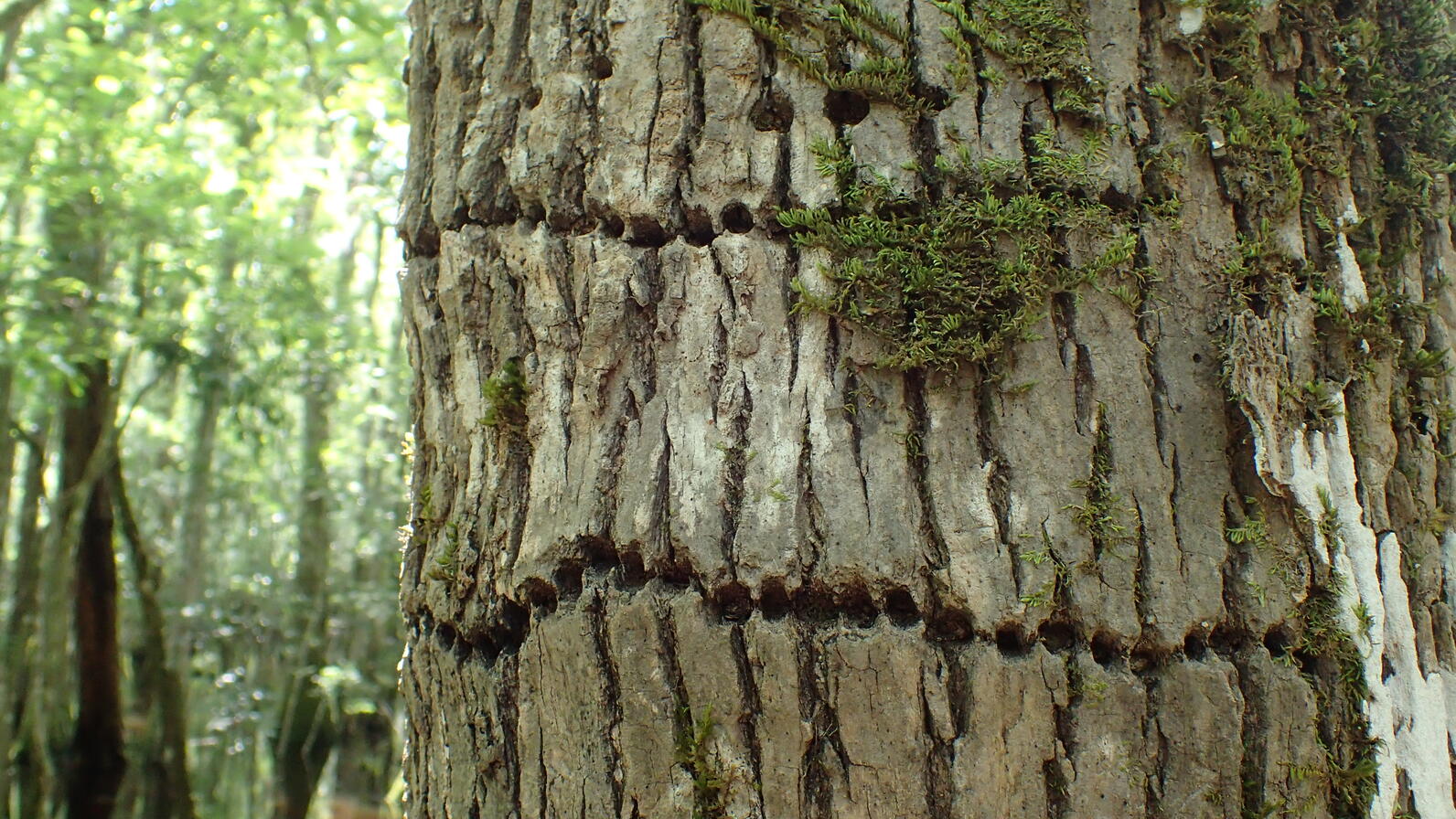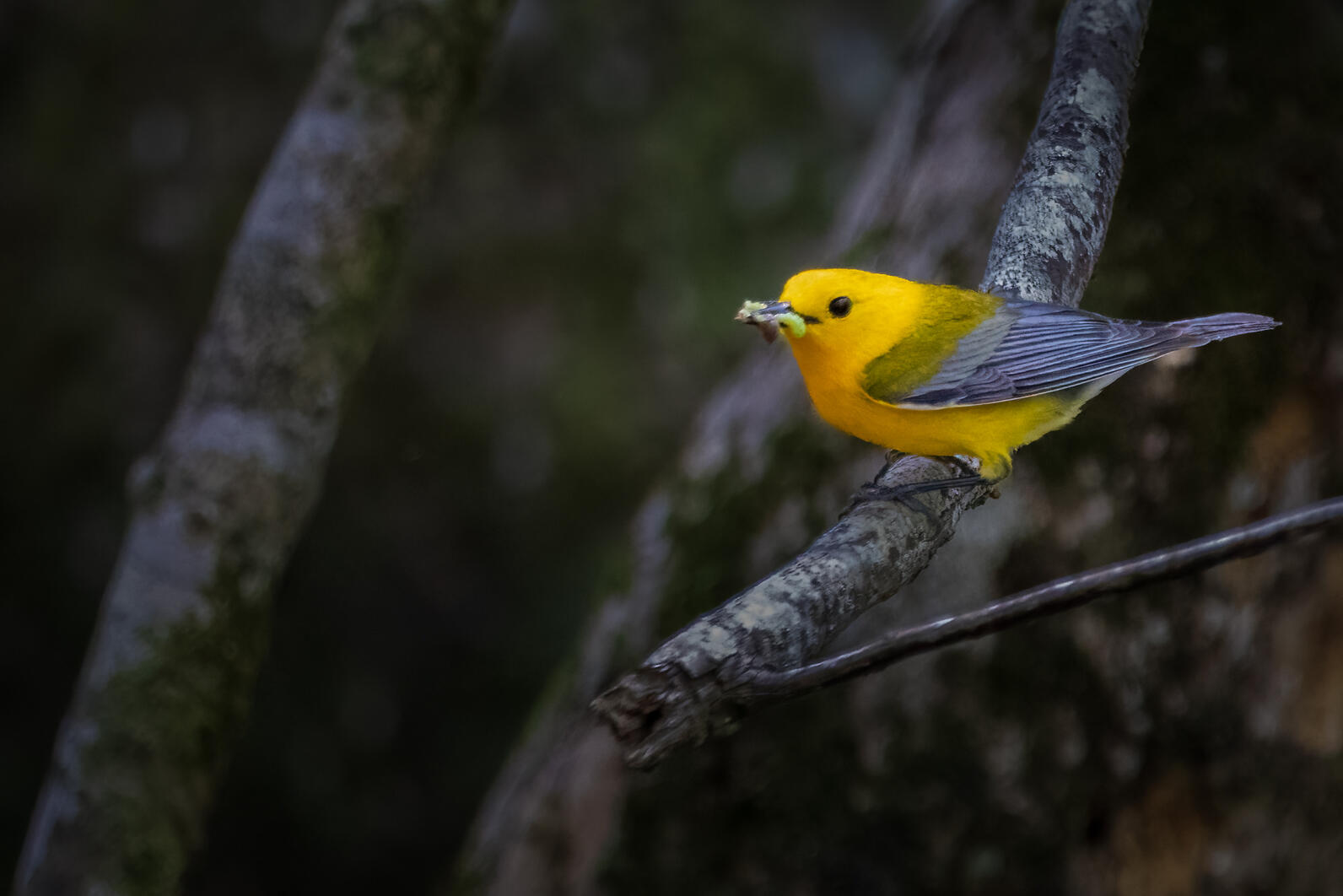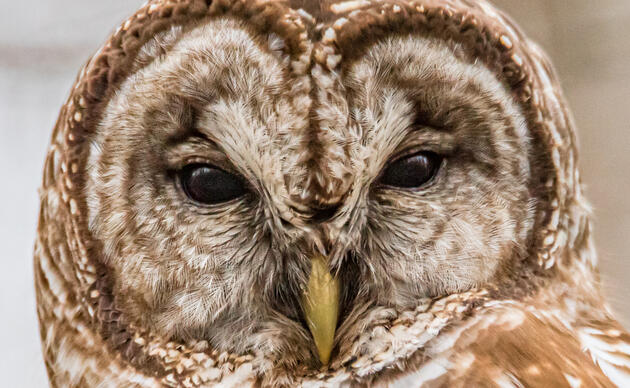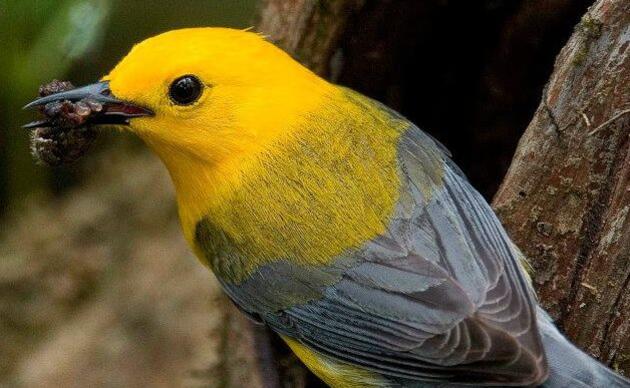A glorious, cool, June morning greeted me as I began my turn around the Audubon Beidler Forest boardwalk. Lots of sounds and signs on either side announced the flow of Spring towards Summer: fading Jack-in-the-Pulpits among a forest of Dwarf Palmettoes with swelling flower buds all along their inflorescences soon to explode into pollinator treats. Flowers of Cross Vine – so similar to Trumpet Vine I have to look for it’s foliage - littered the ground, the only evidence of their important presence. Great chunks of wood were strewn about on the ground and boardwalk, testimony of a Pileated’s determination to find breakfast under the bark of a decaying tree for himself and his nestlings. Tracks in recently exposed mud recorded the passing of Raccoon – large and small, Turtle and Doe with Fawn. But… the surest evidence of warming weather was the presence of so many snakes especially Cottonmouths and Banded Water Snakes moving along the ground or basking on fallen logs.
A veritable garden was growing on one of the huge fallen trees, complete with ferns, forbes and flowers. Wanting to confirm the species of a fern, I sent a picture to iNaturalist and in return I was given a list of several of the plants populating the log AND alerted to the presence of a Cottonmouth I had failed to notice so focused was I on the flora instead of the fauna!! Indeed, inside the hollowed out log a young Cottonmouth was curled up at the very lip of it. What a surprise! Reminding me to be more present when viewing anything in the swamp.
One curious observation I did make was how two trees, so closely adjacent to each other they almost share the same space, could yield such different signs of bird activity! The Swamp Tupelo/Black Gum was riddled with long lines of Sapsucker holes all the way around and up the tree. None at all existed on the Bald Cypress. The Yellow Bellied Sapsucker is considered a keystone species by naturalists because the holes they drill into trees cause the seepage of sweet, sugary sap feeding not only the Sapsucker but also many other species of birds and animals, most notably Hummingbirds and bees of every stripe.

The Prothonotary Warblers were very busy and audible in the trees plucking tiny insects off the leaves and stems. They conducted this search and eat behavior much lower than I was accustomed to seeing them, no binoculars were necessary. However, the most astonishing encounter with a Prothonotary was just before I reached the platform at the lake. Down on the ground in a very soft, mossy alcove created by the flared, buttressed trunk of an ancient Cypress a Prothontary Warbler lay writhing around in such a tortured posture I feared he had broken a wing and fallen there. I watched for some time, eventually remembering to pull out my phone and video it. In the process I noticed an eruption of winged ants coming out of the moss. The bird was picking these up and sticking them under his wing and tail. Eventually he filled his mouth with them and flew away under the boardwalk, presumably towards a nest. He returned in just a few minutes.

When I returned to the Center and explained what I had seen, Kristen told me it was not unusual behavior. Some birds use other creatures to harvest the mites that are infesting them. Apparently that is what the ants were doing. Ecological Services in the bird world!
And what a wonderous world it is!!! My knowledge and experience of and in Nature, deep in the swamp at Beidler Forest, is forever expanding.
In Gratitude,
Judith Kramer



